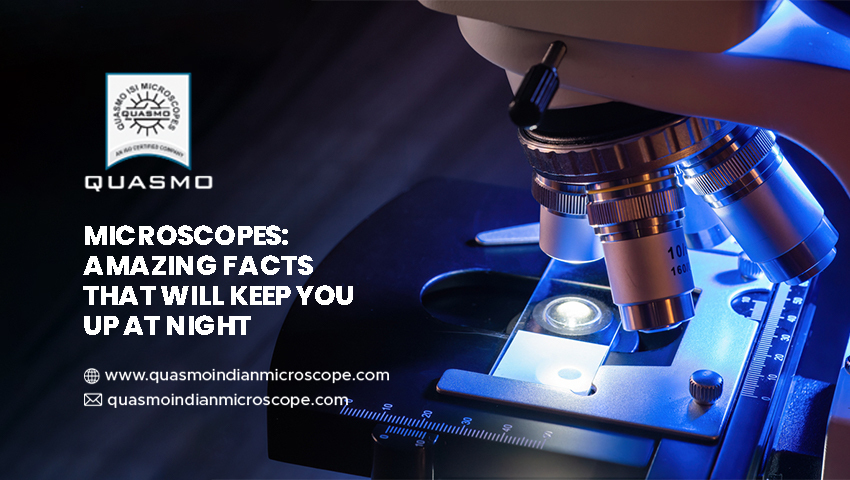
The introduction of the microscope simplified things and was a boon to researchers and experimenters who couldn’t afford to postpone their tests or research. This incredible creation occurred millions of years ago. It was once a basic microscope with only one lens. More improvements have led to the availability of the compound microscope, which has two lenses.
Optical microscopes were the first microscopes invented, and they relied on light to observe the sample being examined. The way microscopes work has changed as science has progressed, new procedures have been developed, and new types of microscopes have been discovered. The electron microscope, ultra-microscope, and scanning probe microscopes are examples of innovative inventions in the microscopic realm.
The increased use of microscopes has resulted in an increase in demand for this resource. The most exemplary microscope exporter from India to Saudi Arabia has seen a developing opportunity and gained a competitive advantage over other options. This has accelerated the growth of the industrial sector, and distribution is expanding at a breakneck pace.
Let’s have a look at some of the fascinating facts behind this marvelous invention of humankind.
Amazing Facts About Microscopes-
1. Spherical aberration is the uneven bending of light as it passes through various regions of a lens. Joseph Jackson Lister solved the problem presented by these lenses in 1830. This occurred while he was making a discovery, in which he set lenses at a certain distance apart and realized that the aberration caused by the first lens could be erased.
2. Prior to the invention of microscopes, illnesses were thought to be caused by noxious gases or evil spirits. People began to believe in the existence of germs and funguses after the microscope was established, and they could finally understand what the major causes of sickness are, as well as what it takes to get to the root cause.
3. Microscopes have a long and illustrious history. After the advent of glass in the first century, the Romans began experimenting with various sizes and forms to see objects. Flea glasses were the first microscopes, which were just magnifying glasses with a limited magnification capacity. Flea glasses got their name because they were used to measure microscopic creatures like fleas.
4. Marcello Malpighi is the father of microscopic anatomy. He’s famous for bringing concepts like taste buds and red blood cells to life. He discovered the system of microscopic capillaries connecting the artery and venous networks using a rudimentary early microscope. Thanks to this Italian scientist’s astounding discovery, the relevance of red blood cells and taste buds cannot be neglected by any human today.
5. An electron microscope magnifies images by using electrons rather than light. The electronic transmission microscope, designed by Ernst Ruska in 1931, was the first electron microscope.
6. To see a more extensive range of objects, Robert Hooke used a basic compound microscope. He saw a pore on the cork’s surface while inspecting it but was unaware that he had also discovered plant cells. These pores were later dubbed “pore cells” by him.
Microscope inventions and discoveries have changed the fundamental dynamics of observations, and Microscope exporters to Saudi Arabia and elsewhere have reaped significant benefits in commerce and profit margins. Today’s microscopes have a wide range of applications and are used in a variety of scientific fields.
